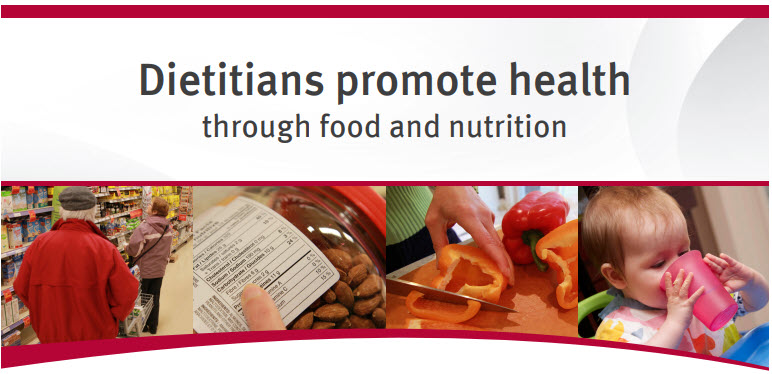
Q: I hear about intermittent fasting- what’s that about?
A: Intermittent fasting (IF) has gained popularity presenting several patterns of fasting. Below, we explore three patterns, address associated concerns, and provide recommendations for your consideration.
What is Intermittent Fasting (IF)?
Fasting involves abstaining from food and drink for specified periods of time. Traditionally fasting has been used at different times of the year in religious observances. Recently, intermittent fasting has been popularized claiming metabolic benefits. There are a wide variety of approaches to intermittent fasting including:
- Alternate Day Fasting: Regular eating on one day, followed by either complete fasting or a small meal (500 calories or less) on the fasting day.
- Time-Restricted Fasting: Limiting food intake to an 8 to 12-hour time frame during the day.
- 5:2 Days Fasting: Regular eating for five days, followed by two days of fasting with one small meal per fasting day.
What’s the Issue with IF?
While some studies on IF exist, research primarily focuses on its impact on heart disease biomarkers rather than weight loss. Comparative studies between IF and constant-calorie-restriction groups show no difference in with weight loss, body composition or insulin sensitivity. [Raymond Morrow 2023]. More research is needed on intermittent fasting as an approach to weight loss. Notably, the long-term effects of this eating pattern are not yet known.
Additionally, IF can have unpleasant side effects. These include hunger, fatigue, irritability, decreased concentration, nausea, constipation and headaches due to restricted eating. Malnutrition can also occur with if the caloric restriction is too severe over the long term.
Individuals with disordered eating patterns, difficult relationships with food or diagnosed eating disorders face heightened risks.
Bottom line
Intermittent fasting is not currently a recommended treatment for weight loss or any other health condition. (Gordon 2021) More research is needed on IF and the scientific evidence shows that there are some risks and other balanced eating approaches may be more successful in the long run. The best eating pattern is flexible that you enjoy and can stick to for life. Reach out to a us with your questions!
For personalized nutrition guidance, consult a registered dietitian who can develop an individualized eating plan tailored to your specific health and wellness goals.
What would you like to ask a dietitian? Comment below or send us an email, and we’ll answer it in a future Dietitian Q-A blog.
Sources:
- Raymond Morrow (2023) Kraus & Mahan Nutrition Care Process
- Barbara Gordon (2021) What is Intermittent Fasting? American Academy of Nutrition and Dietetics. Available At: What is Intermittent Fasting? (eatright.org)
Written by: Lucia Weiler, BSc, RD, PHEc – Award-winning dietitian and Owner, n4nn









 Image Source: Dietitians of Canada
Image Source: Dietitians of Canada








 Coconut sugar (Istock)
Coconut sugar (Istock) Date sugar (Bing)
Date sugar (Bing)
